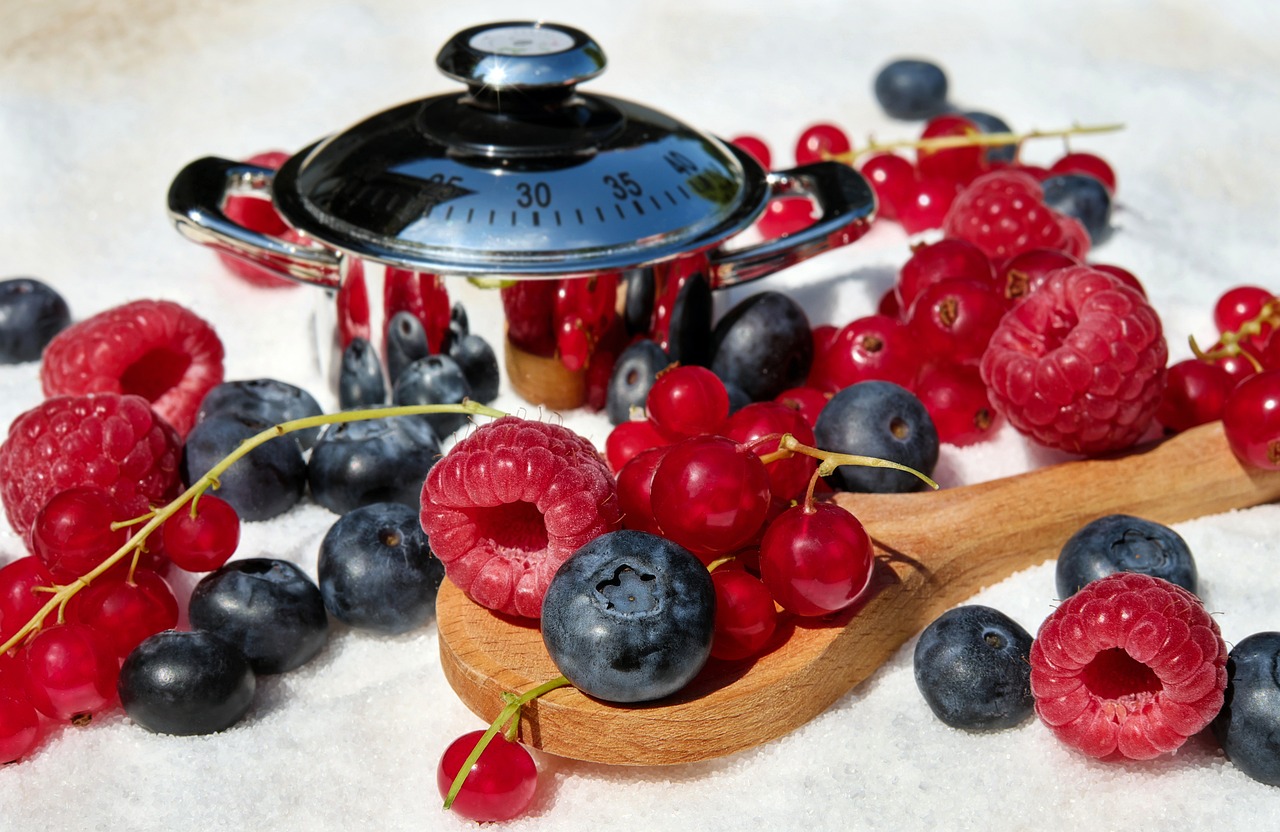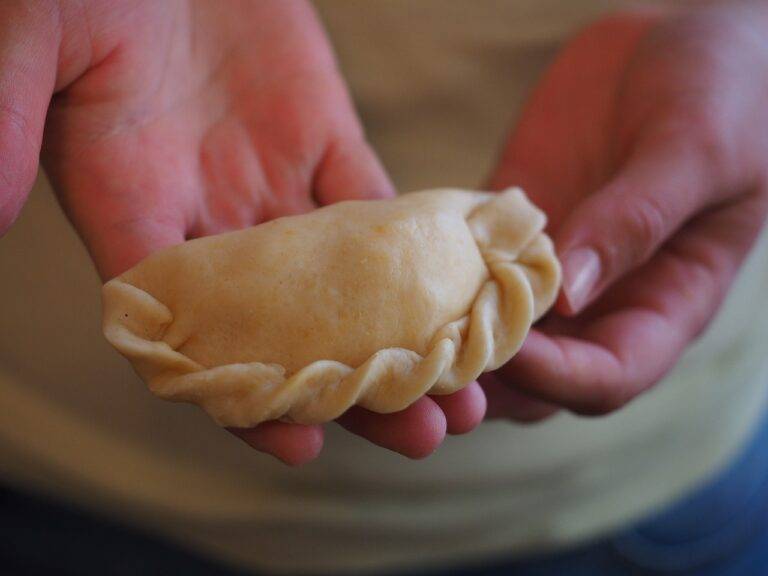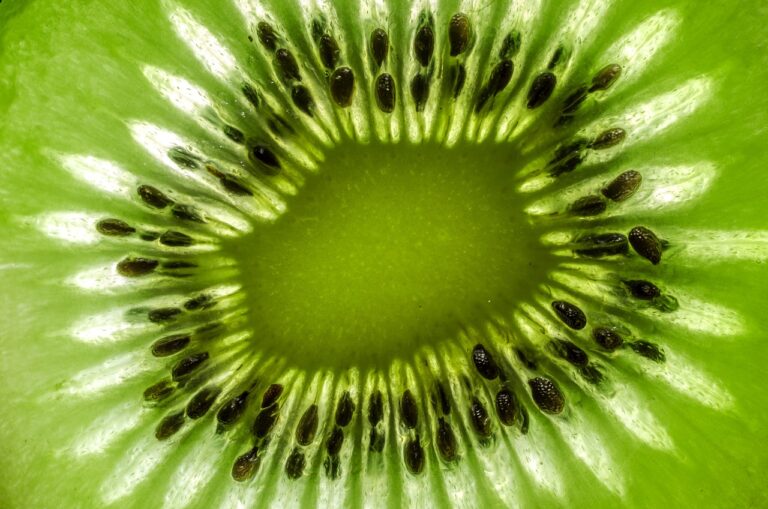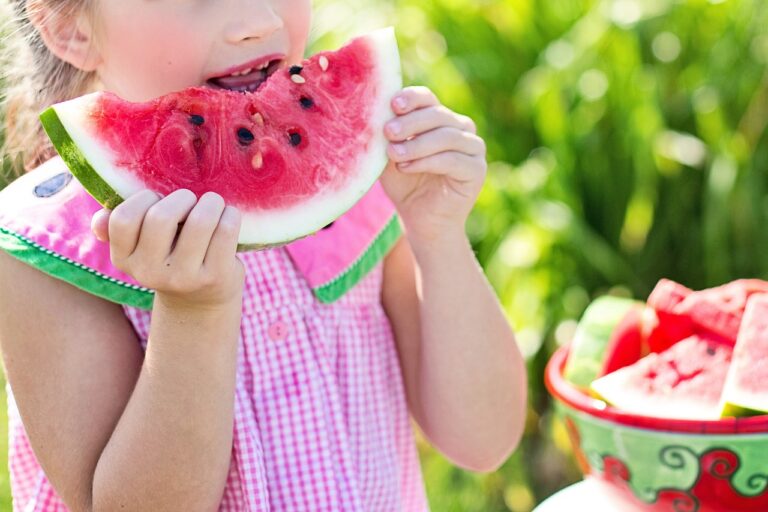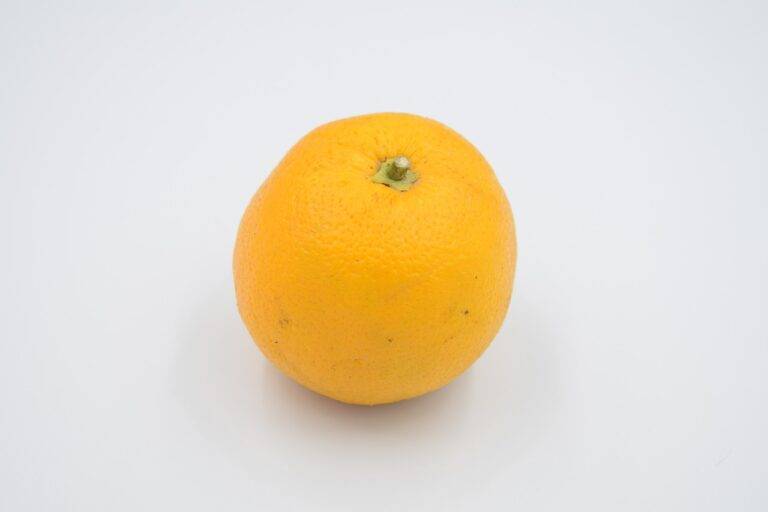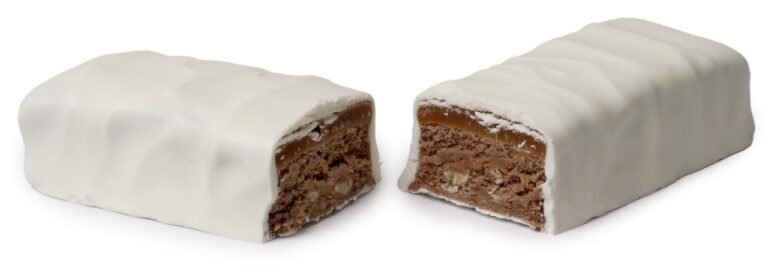Vacuum Sealing Technology: Extending the Shelf Life of Perishable Foods
Vacuum sealing is a highly effective method of food preservation that helps to extend the shelf life of perishable items. By removing air from the packaging, vacuum sealing creates an airtight environment that prevents the growth of bacteria and molds, keeping food fresh for longer periods of time. This method is especially beneficial for storing meats, fish, and cheeses, as it helps to maintain the quality and flavor of these items for an extended period.
Additionally, vacuum sealing helps to prevent freezer burn, which can occur when food is exposed to air in the freezer. By removing the air from the packaging, vacuum sealing helps to protect food from dehydration and freezer burn, preserving the taste and texture of frozen items. This makes it an ideal method for storing fruits and vegetables, as well as prepared meals that can be frozen and reheated at a later time.
Vacuum sealing creates an airtight environment that prevents the growth of bacteria and molds
Helps to maintain the quality and flavor of meats, fish, and cheeses for longer periods
Prevents freezer burn by protecting food from dehydration
Preserves the taste and texture of frozen items such as fruits, vegetables, and prepared meals
How Vacuum Sealing Works to Extend Shelf Life
Vacuum sealing works by removing the air from the food packaging, which helps to slow down the oxidation process. When oxygen comes into contact with food, it can cause spoilage and promote the growth of bacteria and mold. By creating a vacuum environment, the shelf life of the food is extended as oxygen is effectively minimized.
Additionally, vacuum sealing prevents freezer burn by protecting the food from exposure to cold air. Freezer burn occurs when the moisture in the food evaporates and forms ice crystals on the surface, leading to a dry and discolored appearance. Vacuum sealing helps maintain the quality of the food by minimizing moisture loss and preventing the formation of ice crystals, resulting in fresher and tastier food for longer periods.
Types of Foods That Benefit Most from Vacuum Sealing
When it comes to foods that benefit the most from vacuum sealing, perishable items such as meats and cheeses are at the top of the list. By removing the oxygen from the packaging, vacuum sealing helps prevent these items from spoiling quickly and extends their shelf life significantly. This is especially useful for households looking to buy in bulk or meal prep ahead of time.
Another category of foods that thrive under vacuum sealing are fruits and vegetables. By creating an airtight environment, vacuum sealing helps retain the freshness of produce for a longer period. This can be particularly advantageous for gardeners or farmers markets enthusiasts who want to preserve their harvest for an extended time while locking in the nutrients and flavors of the fruits and vegetables.
What are the benefits of vacuum sealing for food preservation?
Vacuum sealing helps to extend the shelf life of food by removing air and creating an airtight seal, which prevents the growth of bacteria and mold that can cause food to spoil.
How does vacuum sealing work to extend the shelf life of food?
Vacuum sealing works by removing the air from the packaging, which slows down the oxidation process that causes food to spoil. This helps to preserve the freshness and flavor of the food for a longer period of time.
What types of foods benefit most from vacuum sealing?
Foods that are prone to spoilage, such as meats, cheeses, and deli items, benefit the most from vacuum sealing. Additionally, vacuum sealing can also help to preserve the freshness of fruits, vegetables, and grains.

